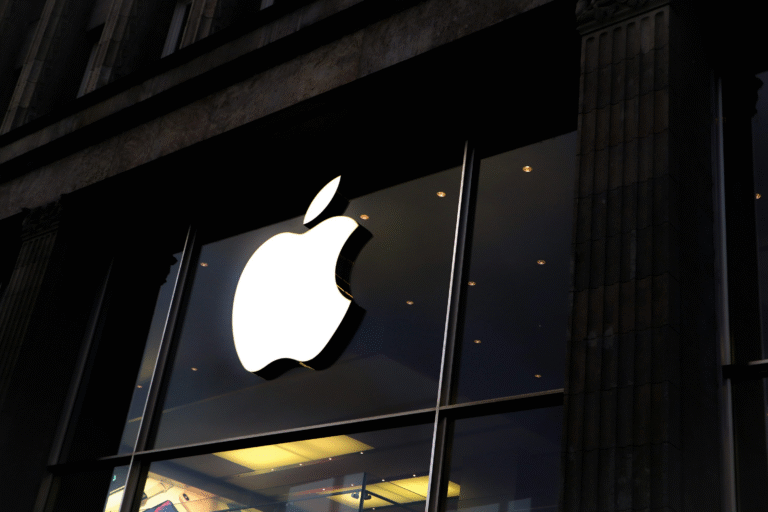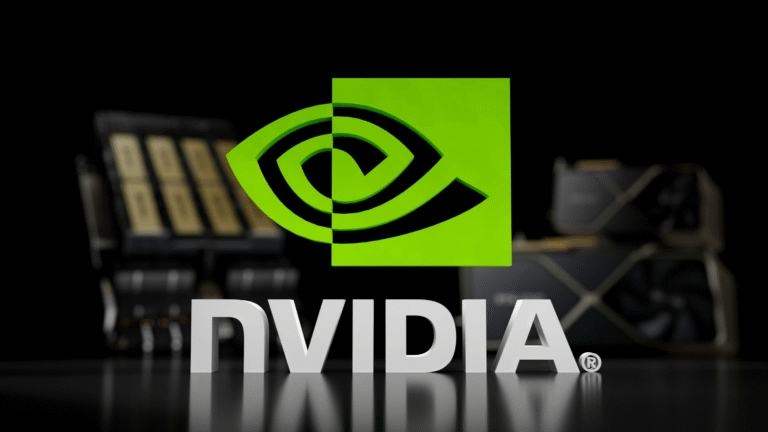In the rapidly evolving landscape of artificial intelligence, where the line between reality and simulation blurs, researchers from the University of Hull have devised a groundbreaking method to distinguish AI-generated faces from real ones. This innovative approach leverages the analysis of light reflections on eyeballs, originally a technique employed by astronomers to study celestial objects.
Understanding the Technique: Analyzing Eye Reflections
Current AI image generators have achieved remarkable realism, crafting faces that are indistinguishable from genuine human portraits to the naked eye. However, a critical flaw lies in the inconsistency of light reflections in the eyes of AI-generated faces. This anomaly becomes the cornerstone of the detection method pioneered by the team at the University of Hull.
By utilizing tools developed for astronomical research, researchers scrutinize the morphological features of eye reflections. The process involves comparing the light patterns in the left eyeball with those in the right, seeking discrepancies that indicate artificial manipulation rather than natural human variation.

Applying Astronomy Tools for AI Detection
The tools adapted from astronomy enable precise measurement and quantification of these reflections, akin to how astronomers determine the shapes and characteristics of distant galaxies. This cross-disciplinary application underscores the versatility of scientific methodologies in addressing emerging technological challenges.
Challenges and Limitations
Despite its promise, the newfound technique is not infallible. Limitations arise particularly in scenarios where clear zoomed-in images of eyeballs are unattainable, thereby reducing the method’s efficacy. Moreover, there exists a risk of false positives and false negatives, where authentic human faces may exhibit irregularities in eye reflections that could mistakenly classify them as AI-generated.
Kevin Pimbblet, a professor of astrophysics at the University of Hull, acknowledges these challenges, noting that the effectiveness of the method hinges on the current state of AI development. As AI models continue to evolve, achieving more consistent eye reflections, the viability of this detection approach may diminish over time.
Future Implications and Industry Response
The implications of this research extend beyond academic circles, influencing the ongoing development of AI detection technologies. As deepfake technologies proliferate, the demand for robust detection mechanisms becomes increasingly urgent, safeguarding against deceptive practices and potential misinformation.
Conclusion
In conclusion, the University of Hull’s pioneering use of astronomy-derived tools to detect AI-generated faces marks a significant advancement in the field of artificial intelligence. While challenges persist, particularly in adapting to evolving AI capabilities, this innovative approach sets a precedent for interdisciplinary collaboration in combating digital deception.
As technology continues to evolve, so too must our strategies for ensuring authenticity and reliability in digital content. The journey towards more secure digital landscapes remains ongoing, guided by innovations such as those pioneered by researchers at the forefront of AI detection.








